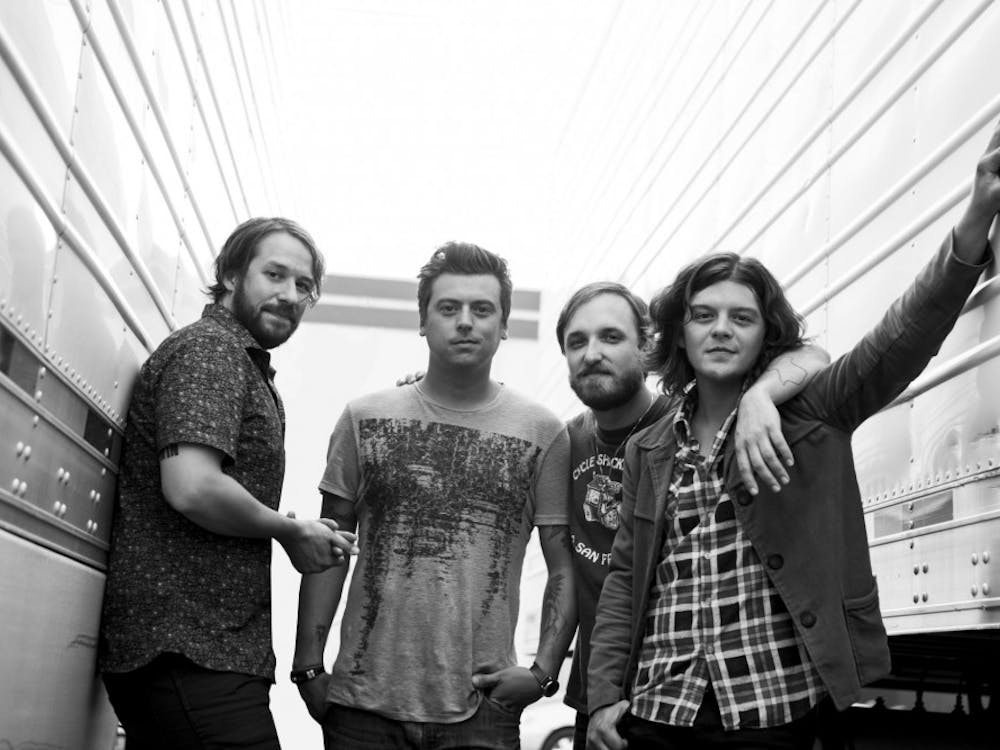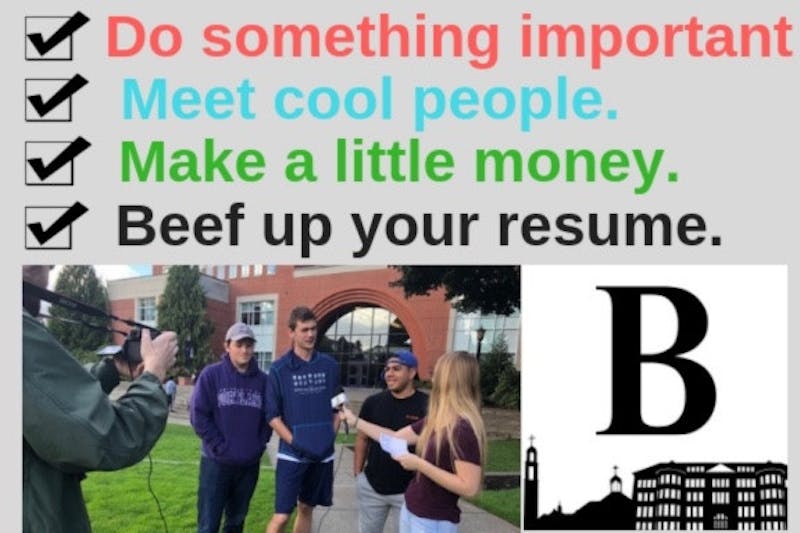By Hannah Gray
UP will receive an estimated $18 million from fundraising this fiscal year. Although much of that money has already been allocated to some of the projects around campus, students struggling through the financial crisis will not go overlooked. At least not for much longer.
This fund is a significantly large amount for the school, both historically and for the current status of the economy, according to Jim Lyons, vice president for University Relations.
Of that $18 million, the University has received about $1.5 million to $2 million in unrestricted funds, meaning funding that the University gets to use at its discretion.
The University will focus on students and their financial need. Lyons said that juniors and seniors will be their focal point. "We want to help them out particularly," Lyons said.
The reason for doing so is to benefit the upperclassmen who have already invested two or three years, who, without the extra funding, would not be able to finish their schooling here at UP.
And students are feeling the pressures of the economy.
Junior Tabitha Garcia has felt the checkbook tighten. "Unfortunately, I have to take out more loans on top of the ones I already have," said Garcia. She will also have to find another job on top of being a resident assistant for Mehling Hall.
Garcia pays for her own school through scholarships and loans. Although her mom tries to help out as much as she can, the amount she has been able to contribute to groceries and "fun" money has gone down.
Just this semester Garcia had to take another loan of a mere $160 just to pay for the semester fully.
Other students had planned on using money their parents invested in the stock market for college, but with the stock market plummeting, this is no longer an option.
"My parents were going to pay with money they invested in the stock market, but now I don't even know how I am going to pay for next year," freshman Emma Chadband said.
UP sparked a new program called People in Programs that will run for the next couple years, in hopes of helping out students and faculty alike, according to Lyons. This program will focus on student scholarships, funding for research, service programs, or even organizations around campus.
UP is focusing on incoming and continuing students in their financial needs. The University is currently giving out $13 million to $14 million from institutional funding to students.
Even with the scholarships given out, students continually struggle to pay the extra amount.
"It's scary knowing I'm going to leave college with thousands of dollars in debt," junior Sarah Ringold said. She will have to figure out how she is going to pay off her debt once she graduates, like many other students.
Ringold will have to pay more out of her own pocket next fall to make up the extra difference, as well as help from parents, scholarships, and loans.
The UP endowment, like many other colleges, has gone down as a side-effect of the economy.
"The endowment for the year was down by 26 percent," Denis Ransmeier, Finance vice president, said. The year Ransmeier refers to is the calendar year for 2008. Ransmeier went on to say that, although he doesn't know how UP compares to other schools quite yet, this situation is absolutely universal to all schools.
The University tried to pick assets that weren't correlated with each other, but "everything is going down," Ransmeier said.
According to a Wall Street Journal article, Harvard is planning on having a 30 percent decrease in their endowment fund at the end of this fiscal year. Other colleges have suffered, like UP, but not to this extent.
Although the economy is ailing, the University is still receiving a pool of possible students for next fall, with applications around 9,000, Jason McDonald, the dean of Admissions, said.
Lyons said that the University is concerned about how many students will attend next year, given tuition rates, but they don't expect enrollment to be down.







